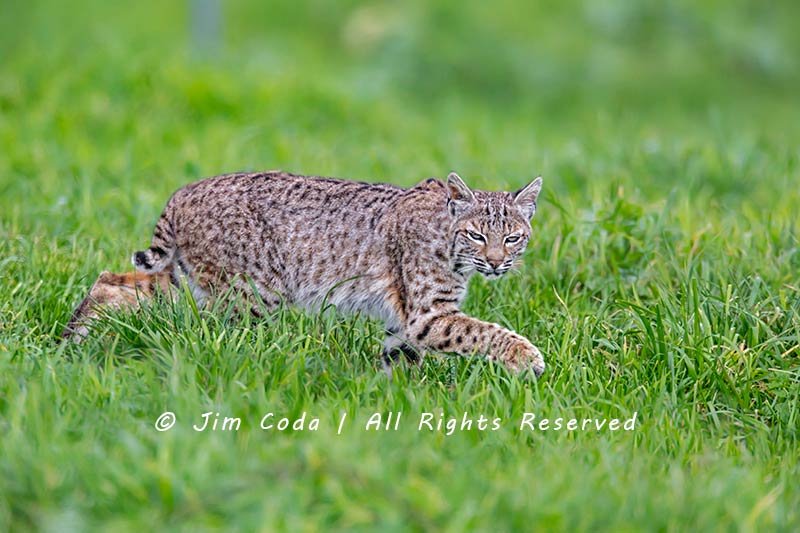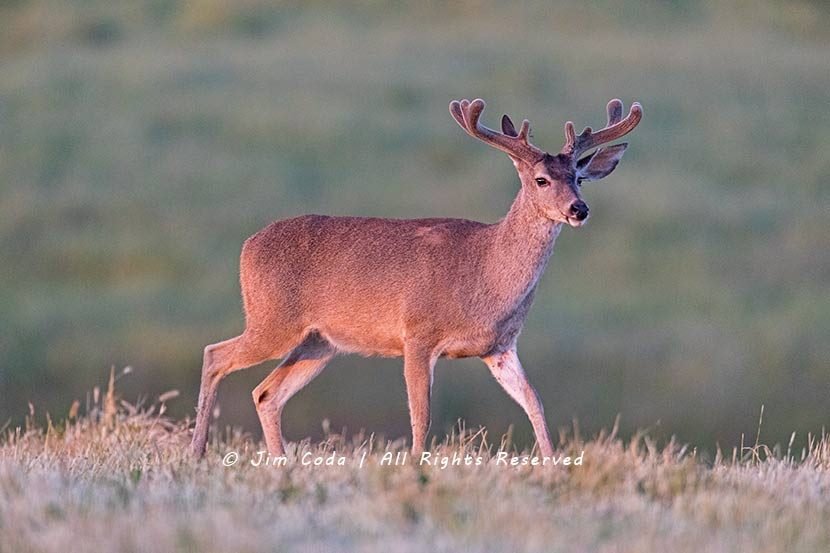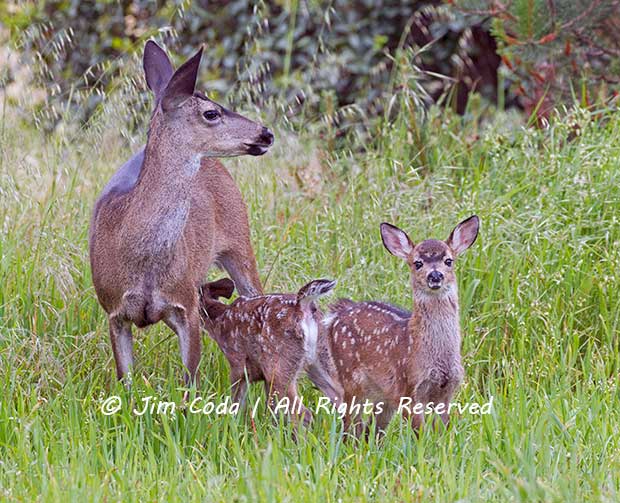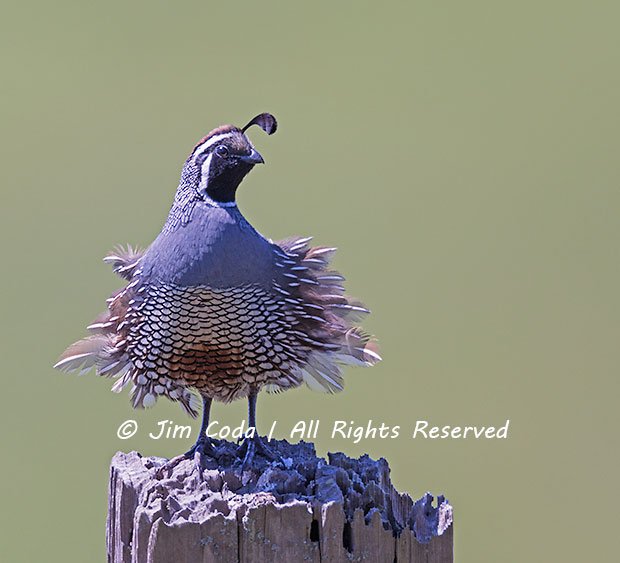Kestrel, Point Reyes National Seashore
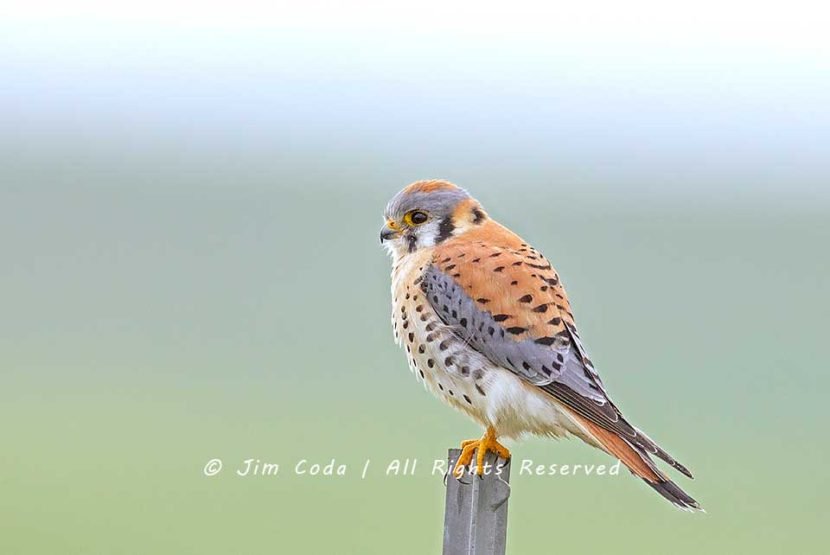
A male kestrel perches on a metal fence post.
I love to photograph kestrels, especially the males because of that additional gray/blue color. I would have preferred a wooden fence post here, or better yet, a nice tree branch. The post reminds me of a photo contest rule that the camera clubs in the SF Bay Area followed when I was a member of one of the clubs. I think it was referred to as the Hand-of-Man Rule. As I recall, if you entered a photo in the nature/wildlife category, there couldn’t be anything in the photo that was man-made. Obviously, this photo wouldn’t qualify, and rightly so. I might be more sympathetic if the metal post were a wooden one, especially if the post were very old and weathered, but rules are rules and it’s not easy to make exceptions. They did have an exception though, which I thought made the whole rule kind of stupid. As I recall, the exception allowed for photos of wildlife that were collared or tagged in some way. I could never figure out the justification for that one. My only thought was that when they wrote the rule there was someone involved in the rule-writing who had a photo of a tagged or collared animal that he/she really wanted to enter in a contest in the wildlife category. As I write this I wonder if some photos I took recently of a coyote in a field planted with silage for later mowing and feeding to livestock would be prohibited by the hand-of-man rule. Writing clear rules (or laws) is not easy.
